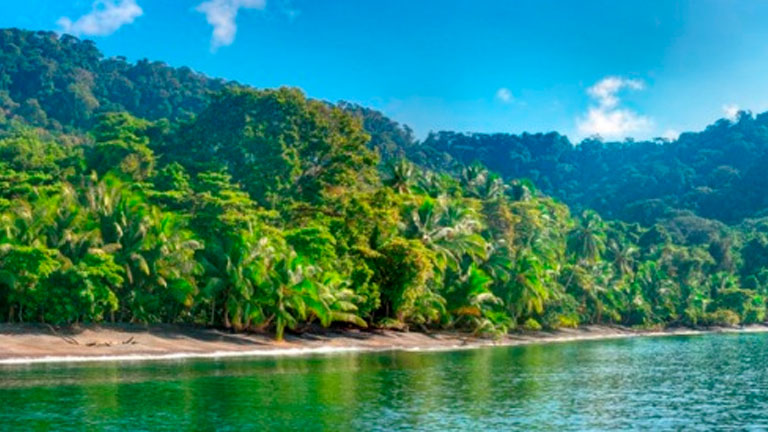Puerto Jimenez, Osa Peninsula
Everyone knows Costa Rica is a beautiful and amazing place to vacation, but do you know about the lesser-traveled southern Costa Rica and its breathtaking secrets? Golfo Dulce in southern Costa Rica 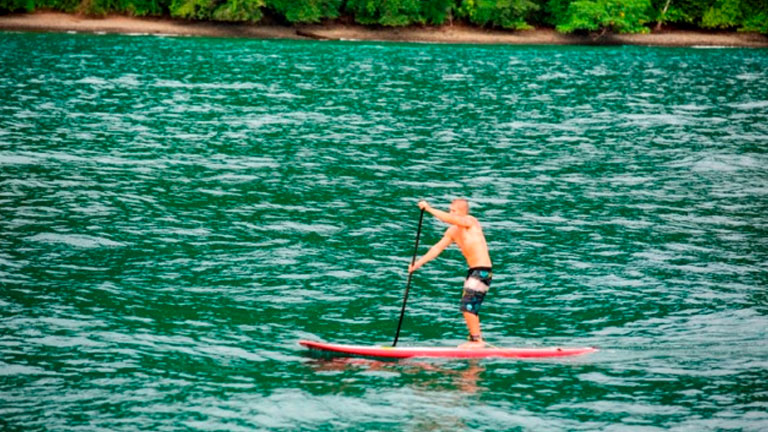 Lesser traveled than many other parts of Costa Rica, the southern Pacific region is a wondrous, untouched paradise to discover. Best loved by nature-lovers and adventurers, southern Costa Rica is the place to go to for raw wilderness, exotic wildlife, prehistoric rainforest and breathtaking experiences. But do you know these secrets about southern Costa Rica? Stand up paddling in Golfo Dulce, southern Costa Rica
Lesser traveled than many other parts of Costa Rica, the southern Pacific region is a wondrous, untouched paradise to discover. Best loved by nature-lovers and adventurers, southern Costa Rica is the place to go to for raw wilderness, exotic wildlife, prehistoric rainforest and breathtaking experiences. But do you know these secrets about southern Costa Rica? Stand up paddling in Golfo Dulce, southern Costa Rica

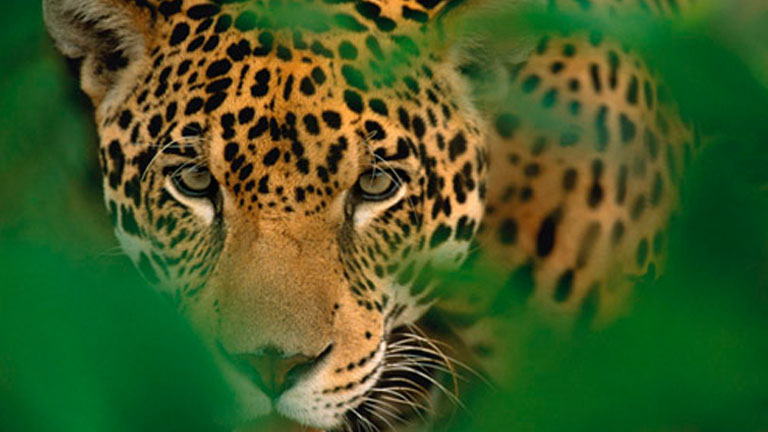
Two Natural Adventure Playgrounds in One Location
Ocean and land combine in southern Costa Rica to create the perfect spot for dozens of adventures like hiking in national parks, exploring untouched rainforest, finding exotic wildlife, kayaking, snorkeling, whale watching, and boating. The Golfo Dulce, or Sweet Gulf, on the inside of the Osa Peninsula in southern Costa Rica is surrounded by protected rainforest preserves and two national parks - Corcovado National Park and Piedras Blancas National Park - forming an immense protected biological corridor and an extraordinarily large trail system for hiking and exploring.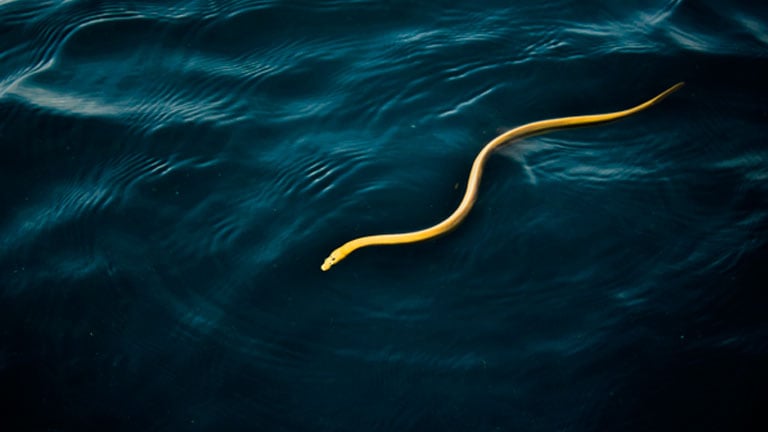
Most Biologically Intense Place on Earth
National Geographic has described Costa Rica's Osa Peninsula and southern region as "the most biologically intense place on Earth." Between the Corcovado and Piedras Blancas national parks, the Golfo Dulce Forest Reserve and the Golfito National Wildlife Refuge, the huge area surrounding the gulf of Golfo Dulce protects all five species of Costa Rica wild cats (jaguars, ocelots, margays, jaguarondis, pumas), all four kinds of native monkeys in Costa Rica (spider, howler, white-faced capuchin, endangered squirrel monkeys), thousands of species of insects, and marine life like dolphins, humpback whales, whale sharks and hammerhead sharks. The region is considered to be one of the best bird-watching locations in Costa Rica, with more than 330 species recorded, including rare Scarlet Macaws, toucans and parrots. There is even a rare form of the pelagic sea snake (Pelamis platurus) only found in Golfo Dulce that is completely yellow.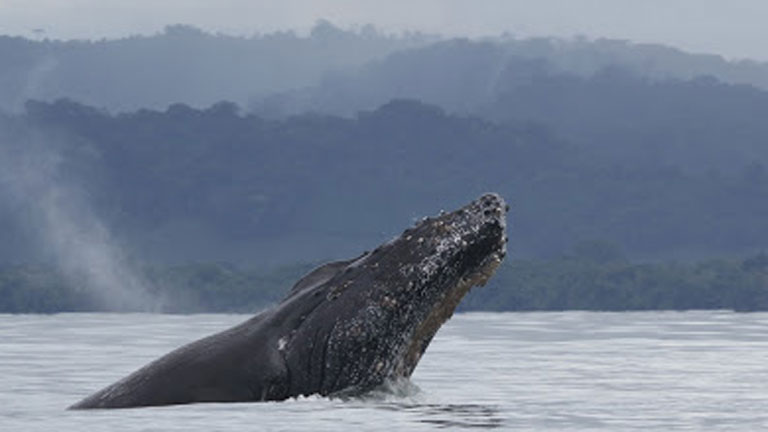
One of Only Four Tropical Fjords in the World
The 31-mile-long (50 km) gulf of Golfo Dulce is recognized by National Geographic as one of only four tropical fjords in the world, and it is the tenth deepest. Given its low human impact due to its remoteness, the sheltered gulf is home to abundant marine life including at least three types of dolphins, sea turtles, giant whale sharks and sea birds. Migrating southern Pacific humpback whales come here to mate, give birth and socialize between August and October. It is also a great place for ocean adventure activities.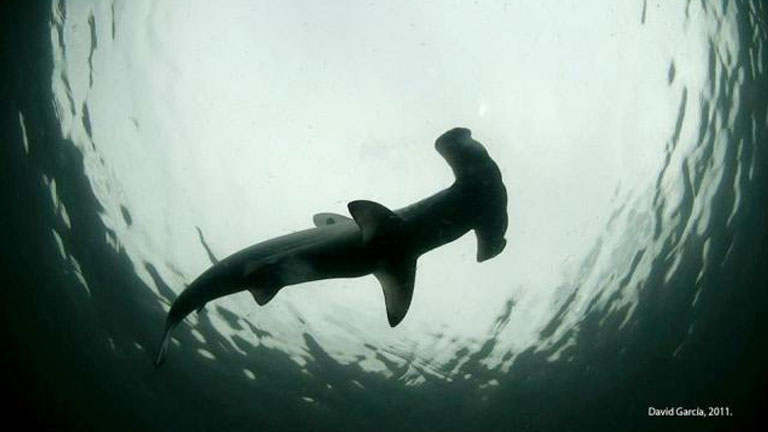
Secret Birthplace & Hang-out of Hammerhead Sharks
The protected waters of Costa Rica's Coco Island National Park, 340 nautical miles southwest of the mainland, are famous for its big schools of hammerhead sharks. However, few people know that the endangered sharks start their lives in the gulf of Golfo Dulce. Beginning every May, three species of hammerhead sharks - Scalloped Head, Grand Hammerheads and Mallethead Sharks - arrive in the gulf to breed and give birth. Juvenile sharks then spend their first three to four years growing up here before heading out into the open ocean. Tiger sharks, bull sharks, black tip sharks, and friendly whale sharks also swim in these waters. The Costa Rican environmental organization Misión Tiburón (Shark Mission) is lobbying to protect Golfo Dulce as the first world sanctuary for hammerhead sharks.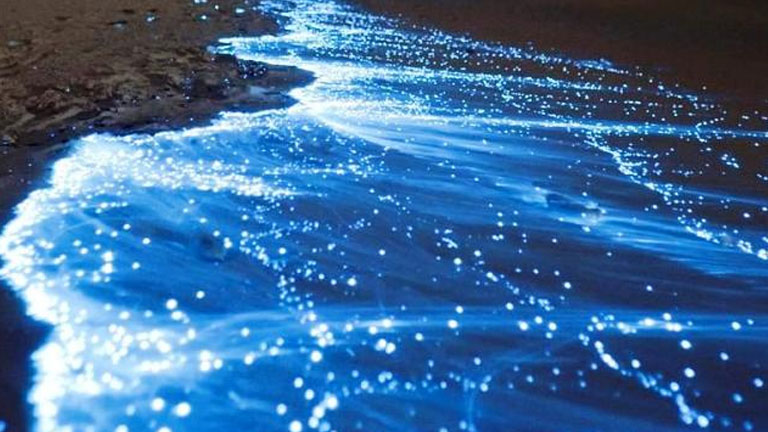
The Water Glows at Night
On really dark nights, usually during dry season, the water in the Golfo Dulce glows with an eerie iridescence. It sometimes seems as if the ocean has turned into a liquid sky of blue stars. This is bioluminescence: when bacteria and plankton in the water emit light resulting from a chemical reaction in their organism.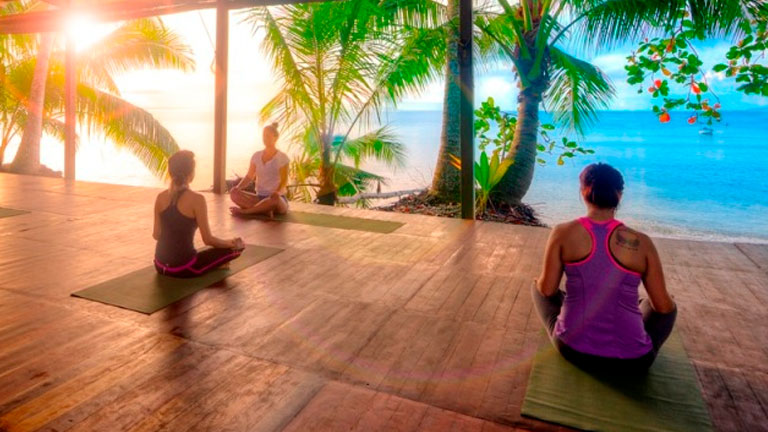
Home of the Mountain Bread
Called Arepa de Orero or Pan Orero, this thick, round bread is made with flour, water, egg and powdered milk. Native to the southern region of Costa Rica, it was traditionally brought on long mountain walks because it seems to last forever. Playa Nicuesa Rainforest Lodge occasionally serves it at breakfast. Digital Presence Powered by Milestone Inc.
GET IMMERSED IN NATURE!Valid on Bookings to Visit until December 15th, 2023
TripAdvisor Travelers' Choice Award 2015 - 2023



